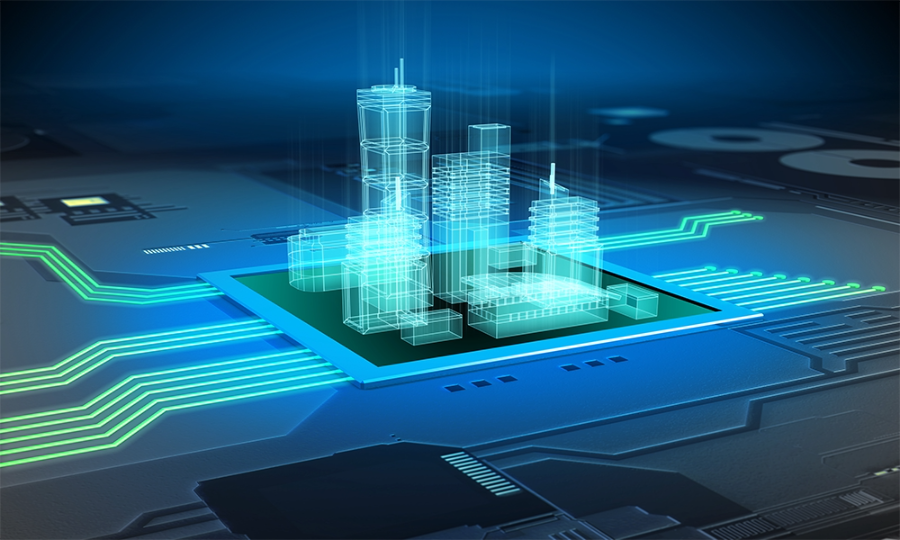Digital Twin in the Construction Sector
A digital twin is an ever-changing relationship between the physical and digital models. The data collected in this virtual model is utilized to generate informative visualizations of the project’s performance. To decrease complexity and communicate efficiently for the success of a building project, digital Twins, or real-time access to as-built models, are required. It enables quick decisions and comparisons with the 4D BIM model to keep the project on track.
Workflows can be completely transformed by using digital twins. It’s not about replacing humans; it’s about enabling them to do more challenging tasks faster and more effectively. By enabling us to really appreciate and optimize a design, digital twins will minimize ambiguity, delay, and blunders.
The digital twin concept has the potential to significantly improve the building industry. It offers a wide range of applications in all types of construction projects. Implementing this technology can boost profit margins and safety standards in buildings.
Key points of adopting Digital Twins in the construction sector
- Enhance Collaboration
The digital twin technology allows data to flow from the field to the digital twin and vice versa, making it a powerful cooperation tool for all project participants. Real-time data is available to make decisions, all teams are kept up to date, and unnecessary field visits are eliminated. Top management can also make quick decisions, increasing the project’s chances of success.
- Reduce Rework
For integrating and optimizing project dimensions, construction details, and scheduling, BIM has established a suggested practice. The ability to access the BIM model is simply one part of the Digital Twin; data collected from the site via sensors will continuously update the as-built models. If there is a difference between the as-built and as-planned models, it is detected before the concrete pour begins. As a result, the primary advantage of digital twin technology is the elimination of costly errors.
- Safety & Security
Workers’ safety in the construction industry has steadily improved over time. This technology tracks workers in dangerous zones in real time, prohibiting them from engaging in unsafe procedures. It is also possible to use sensors in a critical area, such as scaffolding subjected to severe loads, to monitor stresses during construction and prevent scaffolding platforms from crumbling.
- Handovers
The most difficult component of a building project is handing over to stakeholders. The digital twin solves this issue by certifying all as-built deliverables. This data is incredibly reliable for the facility’s operations and maintenance. It provides transparency to the owner, and the data may be used to assess the quality of the job as designed.
- Maintenance
The role of the Digital Twin does not end when the project is turned over; rather, it can be used throughout the project’s life cycle. If sensors are deployed to monitor fractures and stresses in a live structure and input this data to the digital model, it is possible to foresee the danger of structural failure and take appropriate corrective actions.
6. Health Monitoring of the Structures
The role of the digital twin does not end with the project’s handover; rather, this model can be employed throughout the project’s life cycle. Consider a cement plant, which is made up of tall structures such as cement silos, raw mills, and so on.
It is critical to monitor structural health because vibrational and cyclic loads produce stresses that can lead to structural breakdown. These problems have occurred in the past, such as the failure of cement silos in an operating plant. Such occurrences can be life-threatening as well as financially devastating.
If sensors are deployed to monitor cracks and stresses in a live structure and feed this data to the digital model, structural failure can be predicted and remedial actions taken in a timely manner.
Tips for implementing digital twin technology
1. Familiarize yourself with rules and regulations
2. Invest in new staff training programs
3. Build a digital twin architectural roadmap
4. Integrate relevant technologies
Challenges of creating a digital twin for construction projects
1. Lack of contractual awareness
2. Lack of data understanding
3. The move to BIM
4. No structure or defined SOPs
5. Financial limitations
Source

